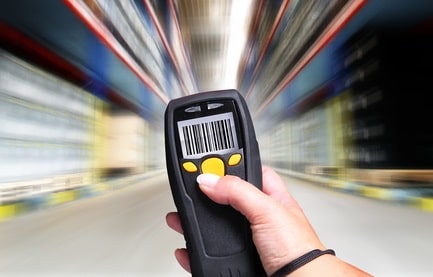Capturing data at an exhibition is really important. Don’t just hand out your information hoping that people will contact you after the show! Visitors will have a bag full of information and are unlikely to go through it when they return to their office. If you do hand information out be sure to record who you gave it to so you can follow up with them after the show.
So, what are the best data capture methods? You will need to decide if you just want to capture names or if you want more information based on the conversations you have had. Most shows will offer some sort of badge scanner for a fee (which can sometimes be quite expensive), these provide a fast and easy way to capture trade show data and is sent to you in an electronic format so it is easy to import into your CRM.
The good old fashioned paper and clipboard method works for us! We try and collect business cards for speed but if not just take minimal contact info and use this opportunity to get their consent to send information, ask some questions and make a few notes about your conversation so that when you follow up you can be very personal in your approach. You will need to make sure your team write clearly so that no information is lost though. This method also requires manual data entry but with more information, you need to decide if this valuable information is worth the time spent.
